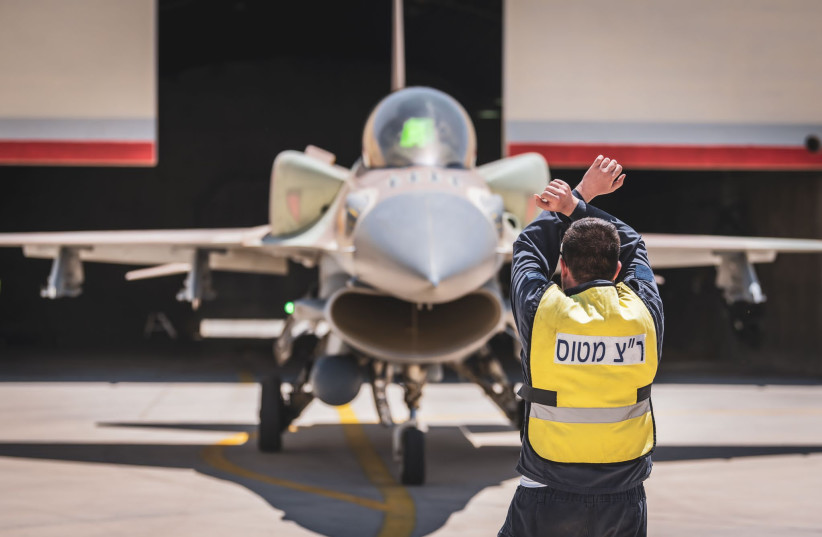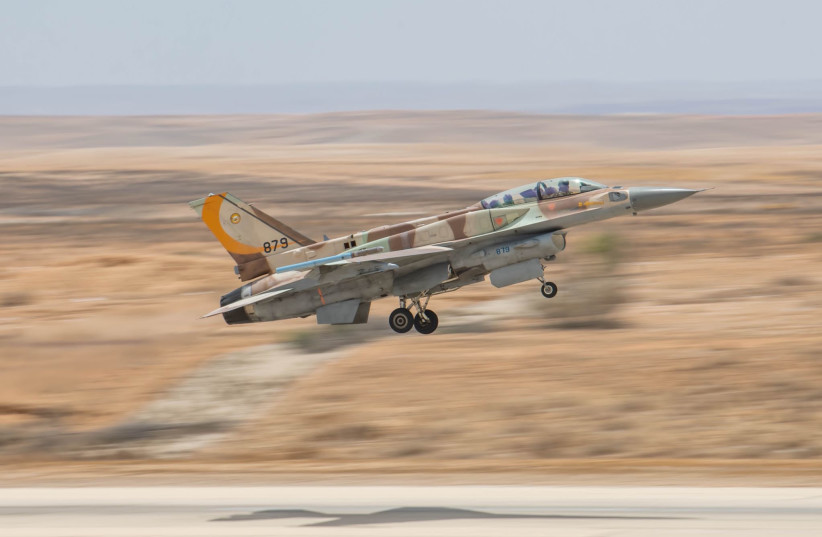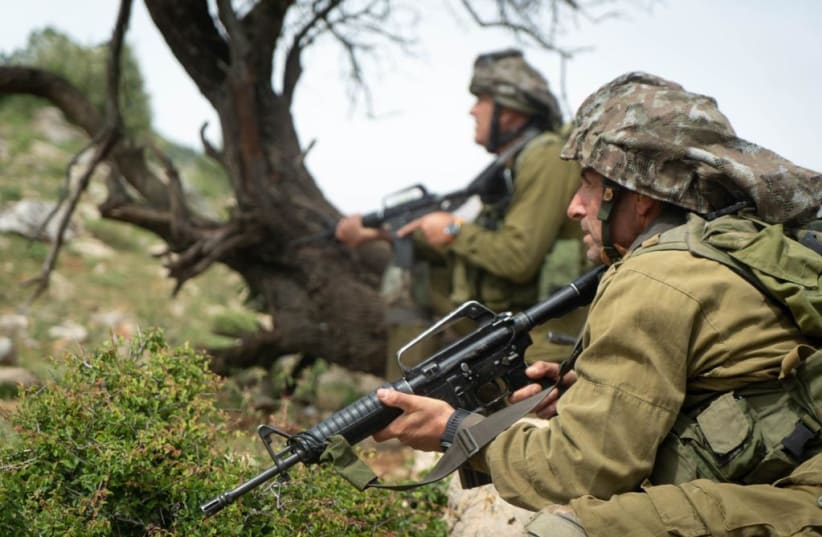The IDF Home Front Command will practice dealing with massive riots in Israeli cities and along main roads while under heavy enemy fire during the military’s month-long Chariots of Fire drill.
Eight battalions belonging to two brigades of the Home Front Command along with Israel Police will practice keeping main arteries open in order to allow military convoys to pass from southern to northern Israel.
According to a senior officer involved in the drill, there will be two main components for troop presence on the roads: isolating areas on main arteries in order to avoid traffic jams and protecting convoys from possible rioters.
The military wants to be able to send troops before violence breaks out instead of having to act in response.
For example, the office said, “If there is a riot on Route 6 or Route 4, we will prepare the troops [and] train and equip them with non-lethal ammunition in order to deal with the disturbances.” This will allow traffic to continue including “vehicles and trucks traveling to reinforce Iron Dome batteries.”
IDF Chariots of Fire drill, week one (credit: IDF Spokesperson's Unit).[However], “since the issue of public order is the responsibility of the Israel Police, this will be taken in coordination with them.”
The drill, which simulates an intense, multi-front and prolonged war on all Israel’s borders, will implement the lessons learned from Operation Guardian of the Walls, which saw heavy rioting along highways and inside Israeli cities, during which two people were killed and several civilians were injured.
As part of the drill, the military will simulate scenarios in which there is even heavier rioting, double the level of violence seen last year. According to the officer, should riots break out while troops are carrying out rescue operations following possible rocket strikes, troops will also be armed with weapons and ammunition should they need to secure themselves.
“If a rescue is required, rescues will be done even if there is a riot,” he said.
Israel’s military says the drill is unique and unprecedented in scope and will enable the army to maintain a high level of readiness in an ever-changing region.
The Home Front Command’s role in the drill will also include communication and cooperation between all relevant civilian bodies in the event of a multi-scene incident, including being involved in the decision-making of any operation.
ACCORDING TO the senior officer involved in the drill, the military will examine how to conduct such an operation while dealing with challenges, such as massive bombardments by groups like Hezbollah and difficulties in keeping the home front functioning.


Even while at war, the officer said, “There will be an effort to continue to operate in the most regular way possible while understanding that we are not in a state of complete normality, but of emergency.”
During the exercise, the Home Front Command will drill on a scenario in which there is an 18-hour power outage in Haifa. This scenario is designed to help understand what such an event and similar challenges would mean for the public.
The senior officer also suggested that there would be no lockdown should war break out, even if there is heavy rocket fire.
“My mission is home front resilience,” he said. “One of the significant things in maintaining resilience is the continued positive activity of the residents and the continuation of the routine, albeit an emergency routine.” He added that the command will “try to balance” between security and continuing the routine “as much as possible.”


Hezbollah is estimated to have some 130,000 rockets and mortars. Of those, some 2,000 rockets are expected to be fired toward Israel each day by the group from Lebanon should war break out.
Hamas and Palestinian Islamic Jihad also have a significant arsenal aimed at the home front. Hamas leader Yahya Sinwar warned that the group would fire a barrage of 1,111 rockets in the opening of the next conflict.
As part of the drill, the military will simulate missile strikes on civilian areas. It will practice in 42 different municipalities such as Carmiel and Acre. It will also prepare for a significant attack on the Kirya Military Headquarters in Tel Aviv as well as neighboring Sarona Market. In addition, incoming rocket sirens will be activated in 61 regions in Israel, including in areas with dangerous chemicals.
The drill will also see the Home Front Command take part in evacuating civilians from border communities while under fire.


According to a 2020 State Comptroller Report, millions of Israelis do not yet have basic means of protection near their homes or plans for population evacuation.
With both Hezbollah and Hamas expected to send elite forces into Israel, the military will practice on infiltrations from Lebanon or Gaza into Israeli border communities.
“We practice a lot with the regional commands along with the Northern Command and Southern Command, and how to coordinate with the activities of the Home Front Command,” the officer said, adding that following the drill the military will be able to make better decisions regarding the evacuation of civilians.
Thousands of soldiers and reservists are taking part in the drill, which will see all commands including the air force, navy and regular and reserve forces taking part alongside various government ministries, security organizations and civilian bodies.
